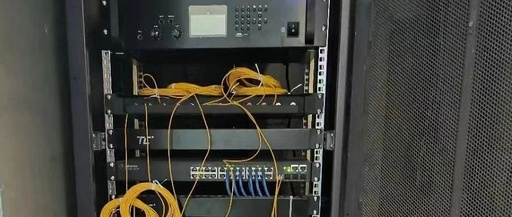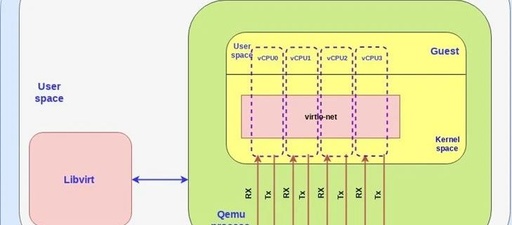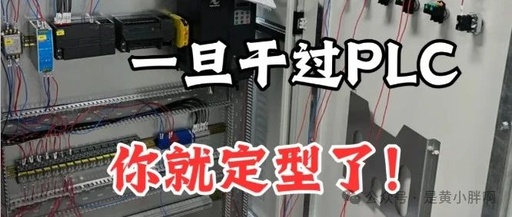Huawei MPLS VPN Cross-Domain Practical Solutions: Choosing the Wrong Networking Scheme Can Lead to Disaster!
A multinational company experienced a network outage for 3 days due to a misconfiguration in MPLS cross-domain settings! “Overseas branch disconnected for 3 days”! MPLS VPN cross-domain is like international express delivery—if you choose the wrong transportation route, the package will be lost! Today, we will break down Huawei’s “three cross-domain solutions”, covering everything from … Read more









